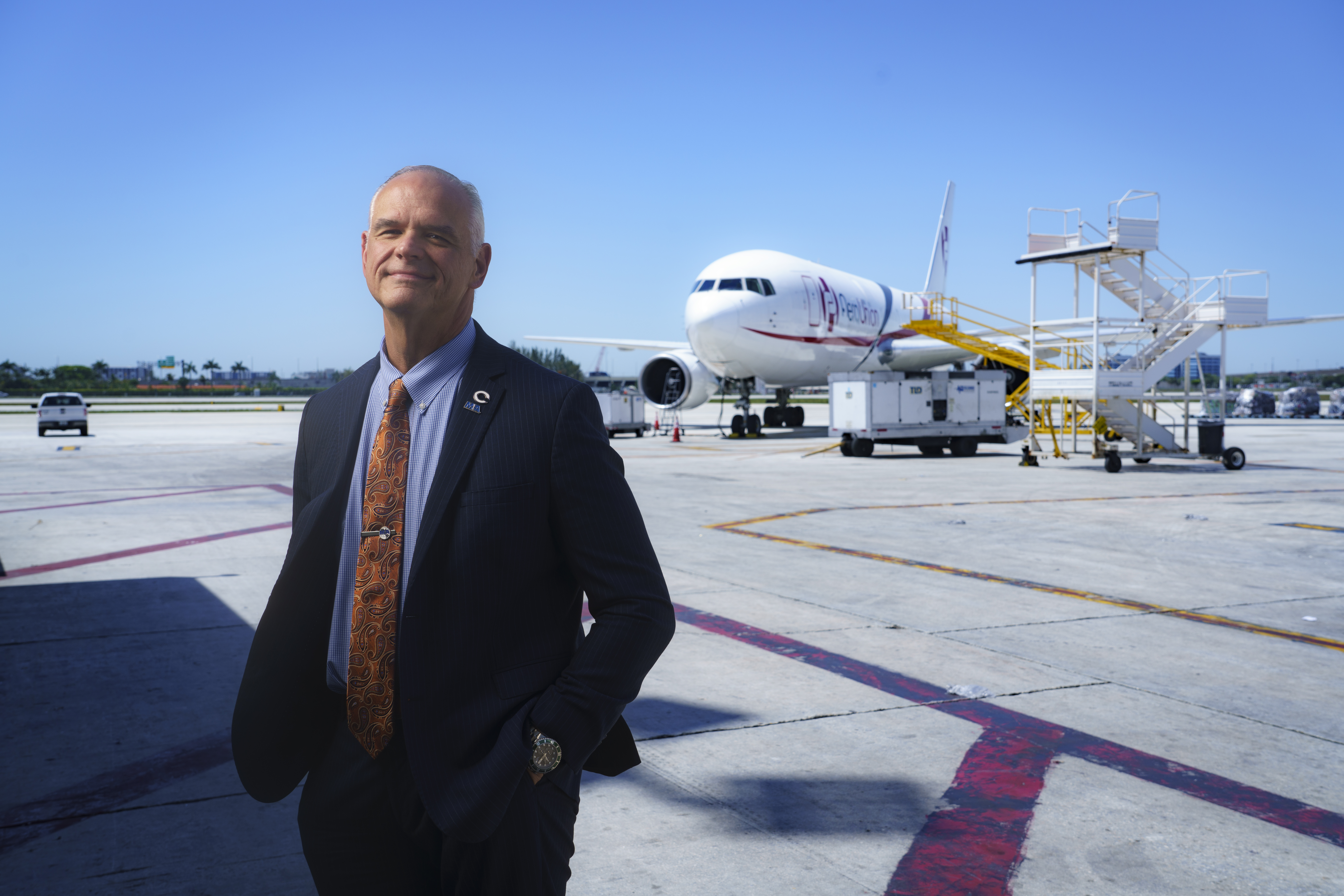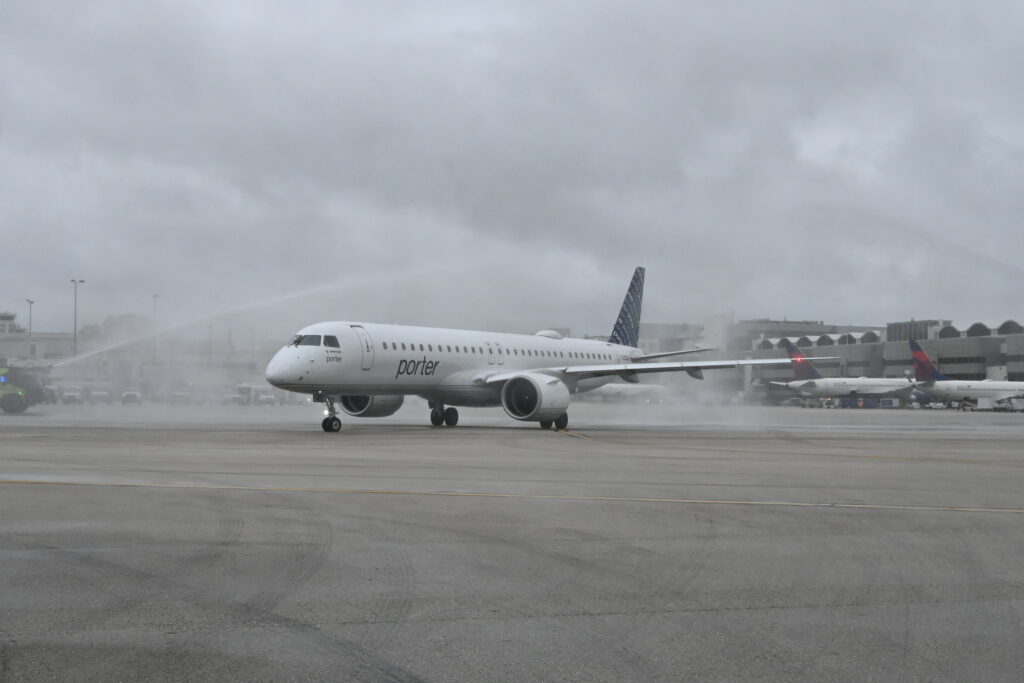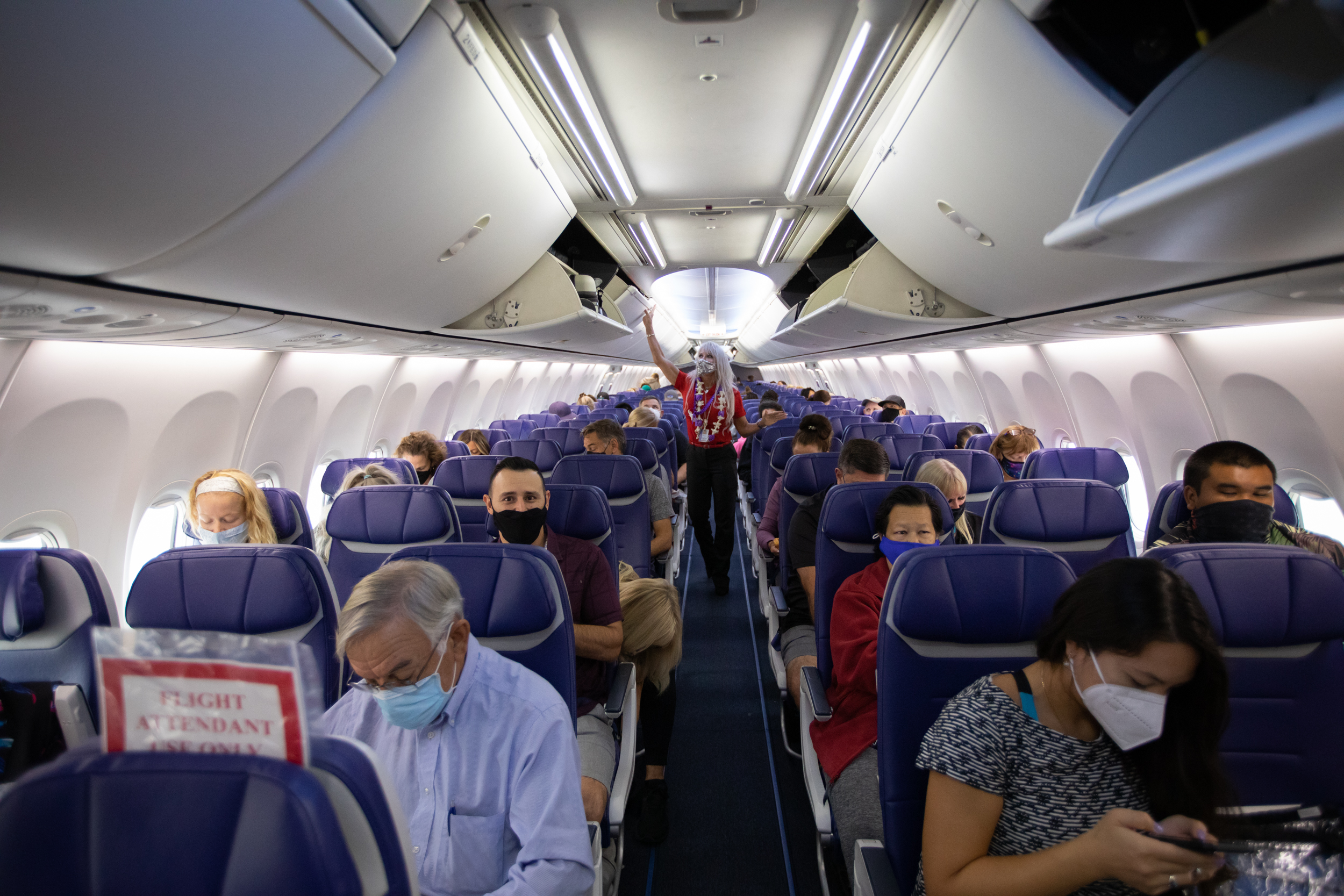Interview: MIA’s CEO Shares Ambitious Expansion Plans for the Airport
Ralph Cutié, Director and CEO of Miami International Airport, shares an overview of recent milestones and future initiatives including the $7 billion Capital Improvement Program
March 6, 2024

Photo: Ralph Cutié. Courtesy of Miami International Airport
Miami International Airport (MIA) is a flourishing aviation hub in the heart of South Florida. The airport boasts a diverse portfolio of 96 airlines, plans to add three more soon, and is negotiating with five additional carriers for the upcoming year. This diversity of airlines makes MIA the most unique and varied airport in the country.
Ralph Cutié, MIA’s CEO and airport director, sat with Business Traveler to provide a comprehensive overview of the airport’s recent milestones, ambitious expansion plans, rejuvenation of aging terminals, and groundbreaking of projects that will dramatically shape its future.
Setting New Records
From setting record-breaking passenger numbers to embracing cutting-edge infrastructure developments, MIA has established itself as a global aviation powerhouse. Ranked the eighth busiest airport in the United States, MIA has witnessed unprecedented growth in passenger numbers, welcoming 52.3 million passengers in 2023—a 3.2 percent increase from the previous record-breaking year of 2022 with 50.7 million travelers.
According to the airport’s official data, during Thanksgiving and Christmas, MIA logged close to 1,300 daily flights, making it the eighth airport in the world in terms of total movements.

Photo: Courtesy of Miami International Airport
“On a typical day, we have an average of 1,100 flights; during peak periods like Thanksgiving and Christmas, we have around 1,300 flights. This means that we have the eighth highest number of aircraft movements in the world, making us one of the busiest airports globally.”
“We’re the number two airport in the United States for international passengers and the eighth for total overall passengers,” says Cutié. He emphasizes that the airport is also a crucial player in freight, holding the position of the number one airport in the country for international freight and the third airport for total freight and cargo.
In 2023, MIA’s cargo operations achieved a record-breaking 2.78 million tons, driven by 2.2 million tons of international cargo and 548,976 tons of domestic shipments.
American Airlines Boost
American Airlines, the airport’s quintessential hub carrier, significantly influences the economic growth of MIA and the surrounding region, contributing to job creation and supporting local businesses.
In 2023, American accounted for approximately 60 percent of the airport’s business, serving nearly 32 million passengers out of 52.3 million, pivotal in MIA’s success story.

Photo: Courtesy of Miami International Airport
“With over 390 daily flights in its bold winter schedule, American Airlines contributes significantly to MIA’s status as the eighth busiest airport for total operations,” explained Cutié.
American remains a valuable partner for MIA’s future growth initiatives. The airport and the airline have ongoing discussions and collaborations, indicating a shared vision for sustained success and ensuring that MIA remains a dynamic and thriving aviation hub. “As American Airlines grows, we grow with them,” says Cutié.
In March, American placed a massive order for 260 new planes from Airbus, Boeing, and Embraer. The airline’s largest order since 2011 includes 85 Airbus A321neo, 85 Boeing 737 MAX 10, and 90 smaller Embraer E175 aircraft. Many of these planes will likely find a home at MIA.
Low-Cost Carriers Growing
To further diversify its airline portfolio, MIA has welcomed low-cost carriers to its already impressive airline roster. Since 2020, the airport has welcomed Southwest Airlines, JetBlue, and Spirit. In December, Porter Airlines launched nonstop flights from Toronto.

Photo: Porter Airlines inaugural to Miami. Courtesy of Miami International Airport
“Currently, low-cost carriers account for about 12 percent of our market share at the airport,” Cutié explains, enhancing MIA’s connectivity and catering to a broader range of travelers seeking cost-effective and direct flight options.
This year, the airline roster at MIA is expected to increase. German leisure carrier Condor Airlines will launch flights from Frankfurt in March, followed by Viva Aerobus (Mexico), LEVEL (Spain), and the 40th all-cargo carrier, China Airlines Cargo.
The Future Ready Program
With an ever-growing number of passengers flowing through its terminals, MIA is implementing a Capital Improvement Program called Future Ready, which is valued at over $7 billion and will last over 15 years.
“It’s comprised of more than 150 projects, some very large,” says Cutié. “The idea is to expand our terminals and modernize our concourses and terminals to account for our long-term projections.”
With an expected 77 million passengers by 2040, this program is essential. It includes several key projects, such as the South Terminal Expansion, Central Terminal Redevelopment, Passenger Boarding Bridge Replacement Program, and the addition of two hotels.
“The South Terminal Expansion project will add six gates, three of which will be able to accommodate international flights,” says Cutié. “The Central Terminal Redevelopment project aims to modernize the airport’s oldest terminal, which is 70-plus years old.”
Photo: Renderings of a redeveloped Concourse F. Courtesy of Miami International Airport
“The Passenger Boarding Bridge Replacement Program will upgrade the current airport passenger boarding bridges to provide a better passenger experience. The new bridges have air conditioning and glass walls, allowing passengers to view the airfield. They can also accommodate larger aircraft,” says Cutié, who proudly highlights that 32 units have been installed and are already operational.
According to the airport director, the renewal of boarding bridges, the demolition and complete remodeling of the central terminal, and the upgrade of all gates within the North Concourse to integrate cutting-edge biometric boarding technology ensures that MIA stays current and sets a new standard for passenger experience.
New Parking, Hotel Facilities
Addressing comprehensive amenities, MIA broke ground on a project for a new parking garage with 2,240 spaces, including 50 electric vehicle charging stations, aligning with sustainability goals.
But the most anticipated amenity entering the MIA landscape is a new 450-room, $240 million Westin Hotel. Cutié says the hotel’s state-of-the-art facilities and amenities will redefine the airport’s entrance.

Photo: Courtesy of MIA
The new Westin will be constructed on 1.82 acres of land and boasts various amenities such as a rooftop restaurant, spa, fitness center, and an 18,000-square-foot business conference center. One of the hotel’s unique features is a climate-controlled pedestrian bridge connecting it to Concourse D at MIA.
“The hotel project adds a touch of luxury and sophistication to MIA’s infrastructure,” explains Cutié. “The groundbreaking for the project is set for the summer of next year, 2025. With its 450 rooms, the hotel will transform the entrance into MIA, offering state-of-the-art facilities and amenities.”
Passenger Experience Upgrades
Amid several transformative projects, MIA has proactively addressed challenges to improve the TSA wait times, resulting in an average of 10.4 minutes in checkpoint lines, the sixth best in the U.S.
Asked about the ever-growing passport control lines that have made MIA infamous in the past, Cutié said he is engaged with Customs and Border Protection (CBP) to ensure a smoother experience. “We are fully engaged with CBP right now. They have a full allotment of staff assigned to us,” he says. Even though passport control lines can still be long, Cutié concedes there’s been a noticeable improvement.
However, MIA has been facing an ongoing challenge with the closure of its Skytrain people mover, which transports passengers around the mile-long Concourse D. The elevated train system shut down in September due to structural issues, forcing some passengers to walk as much as a mile to their gates or to take trolley carts that drive passengers around the busy concourse.
According to Cutié, the first repair phase is expected to be completed by the end of March, bringing about two-thirds of the elevated train system back online. The second repair phase is scheduled to be finished by the end of the year. The total cost of repairing the 13-year-old train is over $4 million.
Looking Ahead
Miami International Airport is considered one of the world’s most iconic and thriving airports and is at the forefront of global aviation. It is always growing and trying to keep up with the ever-increasing interest of foreign carriers.
Ralph Cutie’s insights into MIA’s dynamic journey, from record-breaking passenger numbers to groundbreaking infrastructure projects, reflect the airport’s dedication to a future where the skies are the limit.

Photo: Courtesy of Miami International Airport
“We’re very excited about the results because, ultimately, the airport will look totally different,” says Cutié. “We expect to reach 77 million passengers by the year 2040, which is about 15 and a half years away. The capital improvement program ensures we can accommodate that explosive growth.”
As MIA continues to redefine air travel standards, it solidifies its position as a major player in the aviation industry and sets the stage for a future where the airport serves as a world-class destination.



